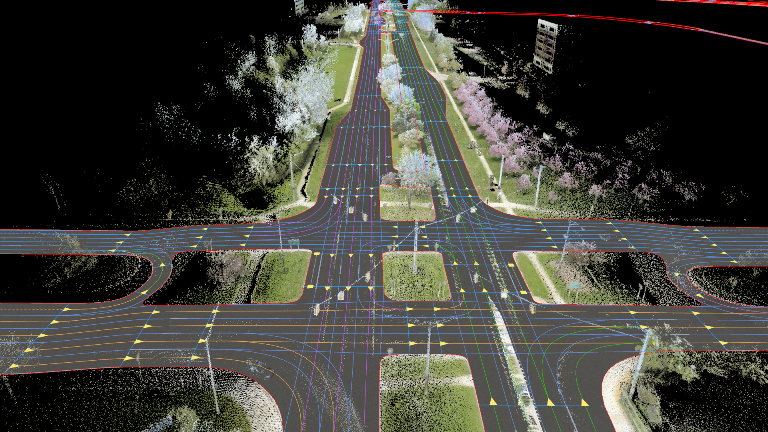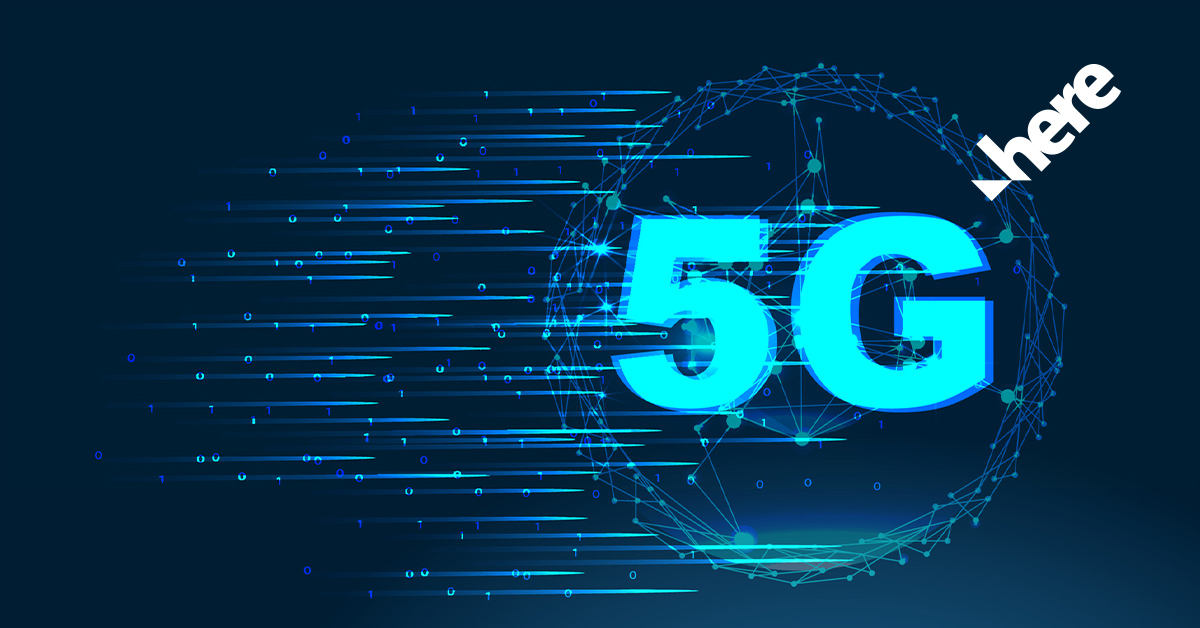The deployment of 5G will depend on geospatial data

Mark Yao of HERE Technologies
The COVID-19 pandemic has had an undeniable impact on the rollout of 5G technology and will continue to have a lasting impact on its future discourse. It has temporarily slowed down the rollout of 5G, largely due to restrictions on workers and installation crews, says Mark Yao, director of product management at HERE Technologies. However, in the long term the virus has meant that 5G is now more crucial to society than ever before.
As the impact of COVID-19 continues and we adapt to new ways of working, whether telecommuting, distance learning, or telemedicine, the rollout of 5G technology will play an oversized role in realising the new capabilities and benefits of the Internet of Things (IoT), such as providing remote workers with high-speed connectivity.
It’s no surprise that by 2024, forecasts predict that there will be around 1.9 billion 5G subscriptions worldwide. The benefits of 5G technology are widely anticipated and understood. It promises high speed, low latency and massive device connectivity. However, whilst the benefits of 5G are widely acknowledged, less understood are the new levels of data fidelity required for 5G network planning and design. This means that when 5G data is transmitted across cellular base stations, from one sensor node to another, it must retain its actual meaning and granularity.
Geospatial data is crucial for 5G
Many new 5G network topologies require entirely new levels of accurate geospatial data, up to 10 times the amount relative to 4G. Unlike the coarse, 2-dimensional satellite imagery-derived datasets used for 4G planning, new hyper-precise indexed environment datasets deliver sub-meter geospatial and geometric precision in 3D. This is crucial for cell site location acquisition and line-of sight modelling which can be carried out digitally on a remotely located computer rather than in the field, therefore saving a large amount of time and money.

Furthermore, without accurate mapping data, 5G signals risk being blocked or attenuated by obstructions. This is true for certain 5G signal spectrum bands which are high in frequency to enable carrying large amounts of data, but are also characterised by a very short range before signal generation is required. These short wavelength mmWaves are much more easily blocked by obstacles, such as trees, buildings and other ground-based physical objects.
Another 5G technology known as beamforming or Massive MIMO aligns multiple signals together as a focused signal analogous to a spotlight beam. Beamformed signal-based networks, like mmWave spectrum networks, also need to account for clear lines of sight in their transmission paths to avoid blocking or attenuation. Therefore, when deploying 5G technology across mmWave spectrum bands, and beamformed networks, accurate geospatial data is paramount. Mobile providers will need to harness geolocational data to navigate the mmWave signals around physical obstructions in order for the service to run smoothly.
Deploying 5G technology across society also requires a denser telecom network. Even without obstacles, 5G mmWave signals cannot travel far in the open air. These higher frequency signals often fade after travelling less than a kilometre, whereas conventional frequencies can easily travel several kilometres and often further. Compensating for this will require a mass construction of new cellular base stations. Building this new infrastructure will also be reliant on highly precise location data for the deliverance of strategically placed stations.

Enhancing mapping capabilities
Given the numerous complexities involved with 5G planning, network providers must embrace emerging technologies that will provide smart solutions to intricate problems. Such technologies will help by enhancing the mapping process, which is crucial to network planning. Artificial intelligence (AI) and machine learning (ML) applications can continually improve and deepen location capabilities by automatically detecting, capturing, and classifying derivative 3D objects such as poles, tree trunks, tree canopies, and buildings at scale.
Network planners and RF Engineers must harness network data and apply AI technology to analyse and better understand network traffic. Once a machine learning model has been trained to use network data, the network provider can use the model to optimise its cellular signals. Utilising AI and ML in this way will create a more intelligent wireless network which will dynamically adapt to the changing network context in real-time, enabling a self-adaptive performance. This will not only navigate the wireless network around changes in geographic traffic but also allow mobile providers to get more from their existing network and frequency spectrum.
Delivering 5G in a post-COVID-19 landscape
Embracing emerging technology will be crucial to enhancing mapping capabilities and delivering highly precise geospatial data. 5G network planners, designers and providers must use this data to overcome the complex challenges of 5G deployment and deliver a truly intelligent wireless network capable of providing society with the next generation of high-speed connectivity.
As the world navigates its way through the COVID-19 pandemic, 5G deployment has never been more needed. The pandemic has placed an emphasis on remote working and put pressure on companies to ensure employees stay connected with each other. The crisis has demonstrated that society urgently needs better wireless, cellular infrastructure and delivering 5G will be a huge step forward, for now but also being ready for future crises.
The author is Mark Yao, director, product management at HERE Technologies.
Comment on this article below or via Twitter @IoTGN
